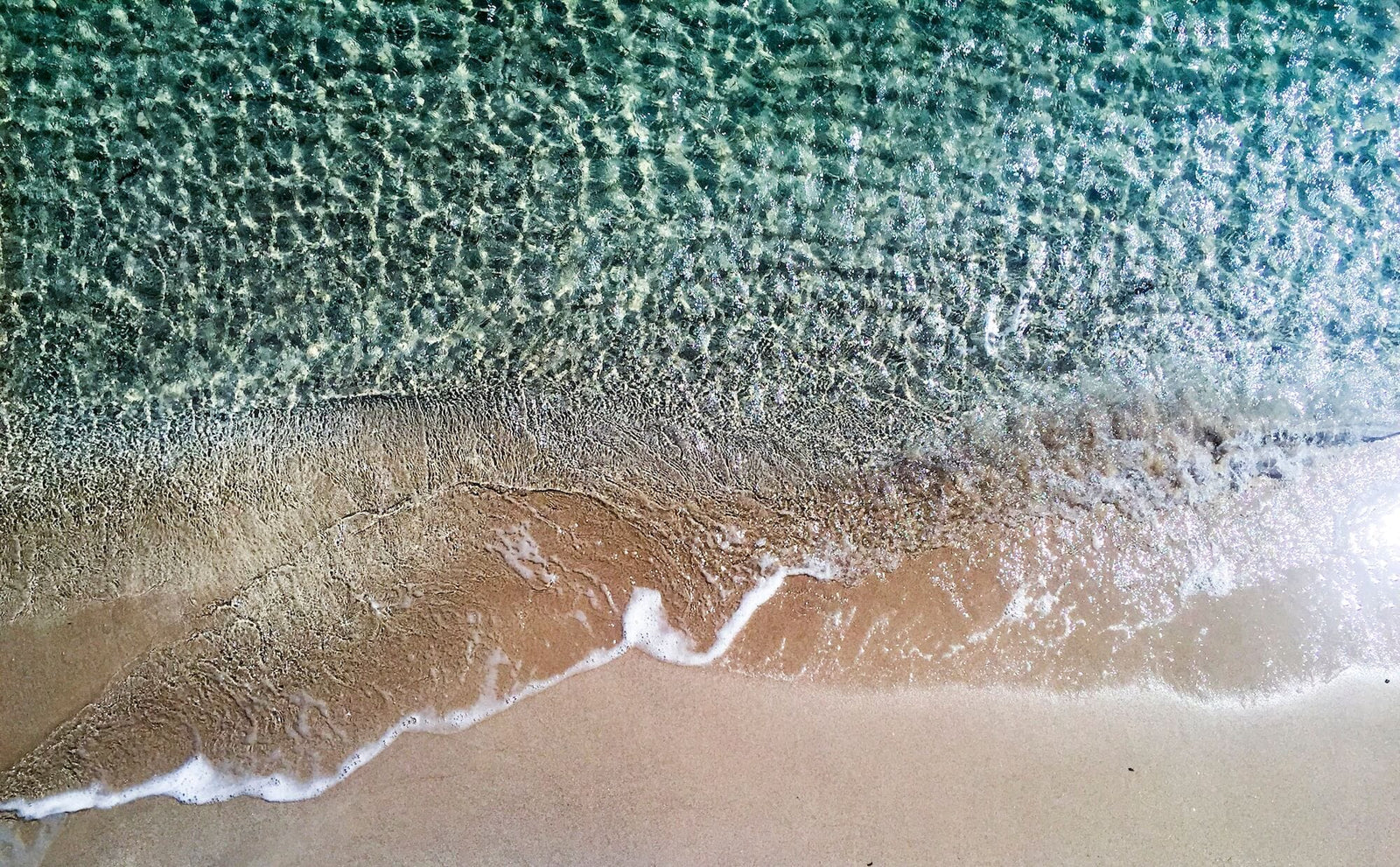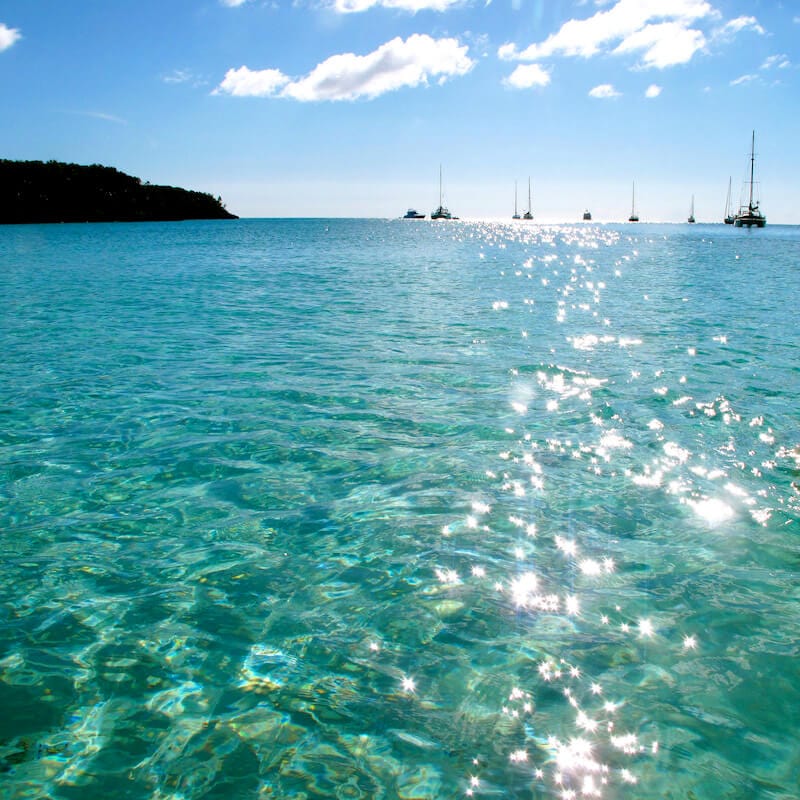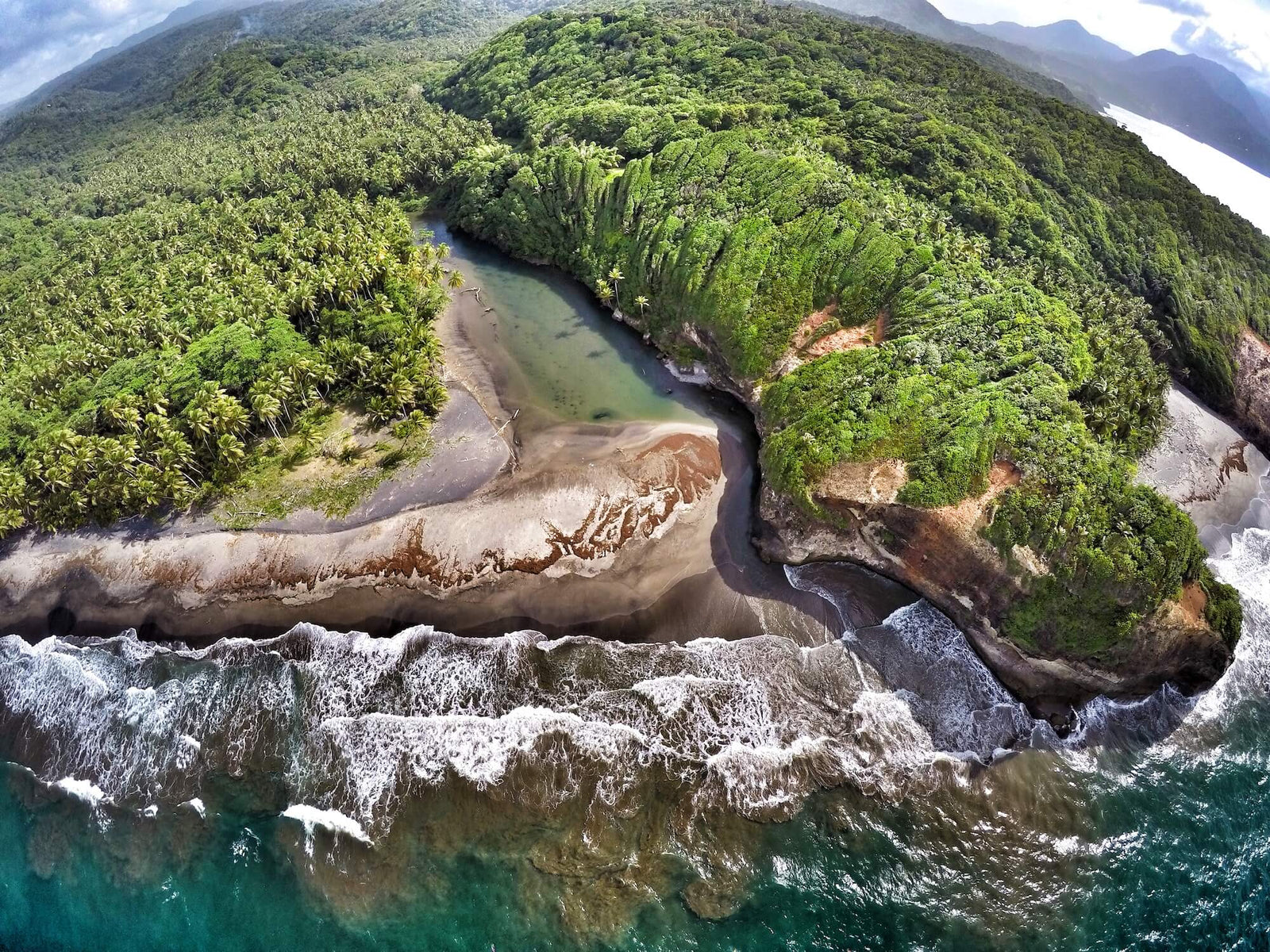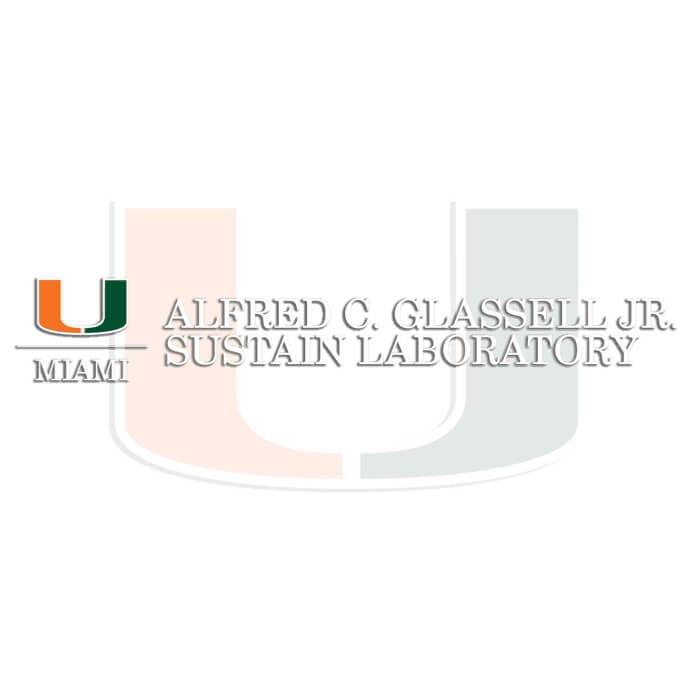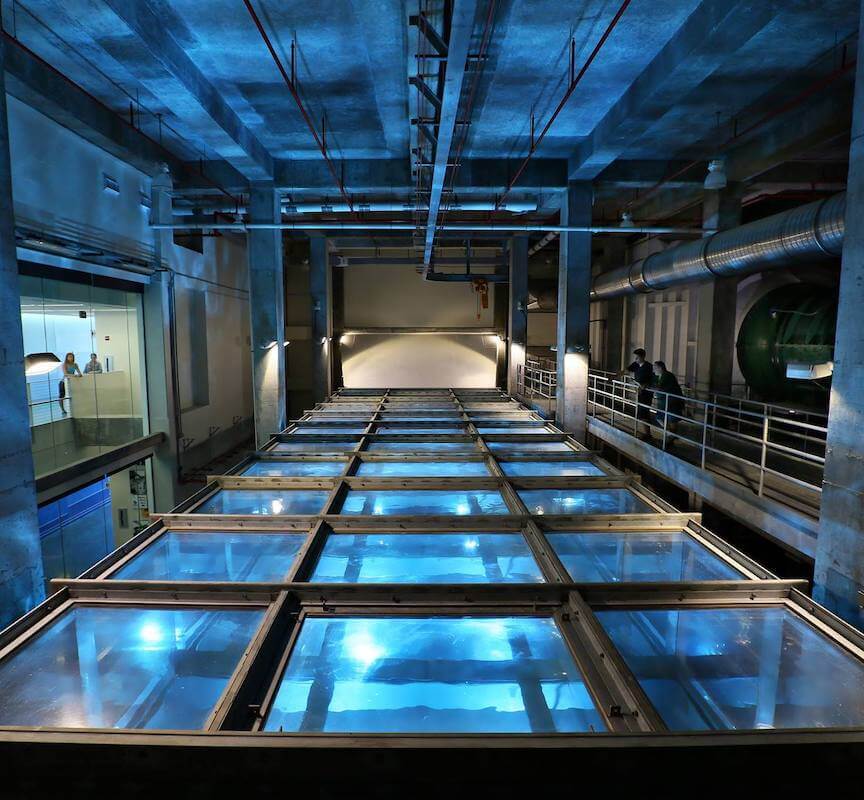Your purchases have donated $343,639 to marine science research and education!
Hey, we're Waterlust
We're in business to build a more sustainable world by bringing environmental science into your life in creative ways.
★★★★★
Waterlust is the best!
Great products, great customer service, great mission! Worth every penny.
- Michelle Rumbaut, TX

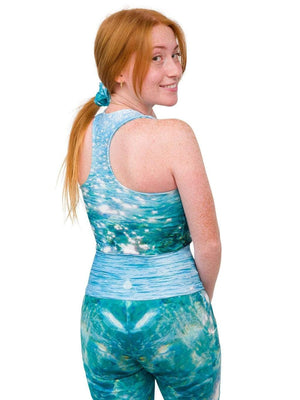

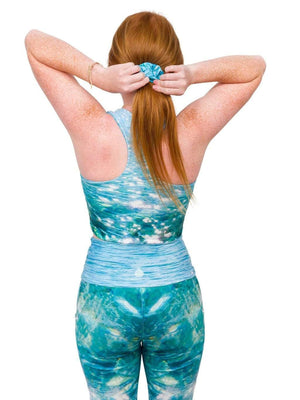
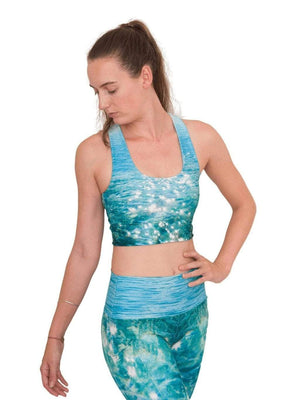

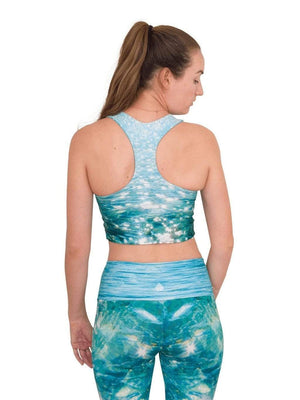
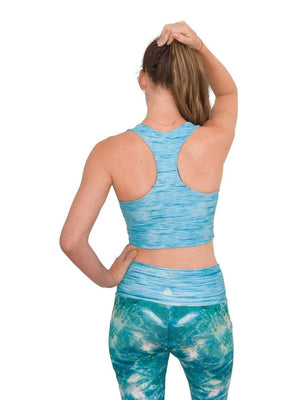




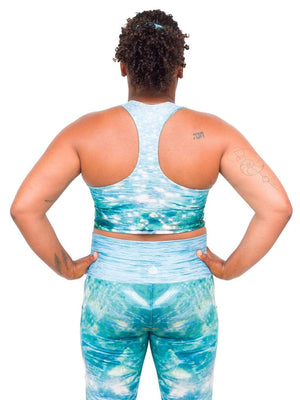
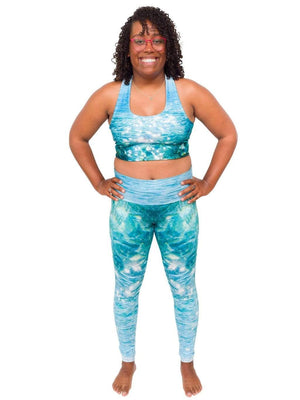
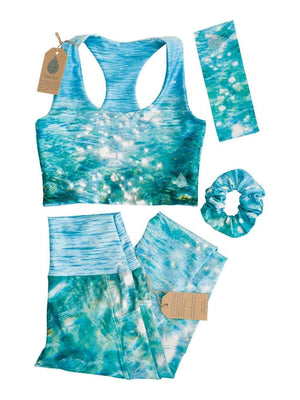
Educational resources & donation included with every purchase. Learn more.
The interface where air and water meet is a magical place, the physical crossroad where terrestrial and aquatic life on Earth interact. But not only is it our gateway to the submerged, the water's surface is also where heat is transferred to and from the atmosphere. Imagine this energy flowing through you the next time you float suspended between these two worlds.
88% Repreve® RPET (recycled polyester made from post-consumer plastic bottles), 12% spandex
5% of sales will be donated to the Alfred C. Glassell Jr. SUSTAIN laboratory at University of Miami's Rosenstiel School of Marine & Atmospheric Science, a research group investigating air-sea interactions, wave dynamics and storm surges in hurricane conditions.
Orders are lovingly packaged using minimal packaging and eco-responsible materials, and shipped from our wonderful partner warehouse in Pennsylvania within the same or next business day. We’ll email you with your tracking info as soon as your order is shipped.
Learn more about shipping, exchanges and returns here.
Tag us @waterlust to be featured
Approximately 40% of humans on Earth live within 100km of the ocean and currently 190 million people globally live at elevations below the projected high tide line for 2100 under low carbon emission conditions. In other words, the water is coming and we need to prepare!
Coastal resiliency is a term used to describe the ability of a community to “bounce back" after hazardous events such as hurricanes, coastal storms, and flooding – rather than simply reacting to impacts, and it is becoming one of the most important fields of study in science & engineering.
"The SUSTAIN laboratory's collaboration with Waterlust has been a great way to engage students in outreach. So many of them at all levels are interested in bringing our research on hurricanes and climate resilience to the general public. I also often show some of the Waterlust videos in my classes to highlight to the students how engaging this work can be when presented in an interesting way."
Brian Haus, Ph.D.
the Alfred C. Glassell Jr. SUSTAIN Laboratory at the Rosenstiel School of Marine & Atmospheric Science
At the Alfred C. Glassell Jr. SUSTAIN Laboratory at the Rosenstiel School of Marine & Atmospheric Science, scientists utilize a state of the art wind/wave tank to better understand these intricacies. 10% of your purchase will be donated to support the graduate students that work in this lab. Specifically, the funds will be used for creative projects that enable the students to communicate their work to the broader public such as through film, photography and art.
Looks great on. I like the length down the rib cage
Cute top- not too long, wish it were one layer so it would dry quicker.
I bought a small.The fit is a little loose in the rib cage, but I have a larger bust(36) and smaller rib cage(30) so it's to be expected. I LOVE LOVE that because it's reversible there are no seams.
Purpose-Driven, Family-Run
Advocate for Marine Conservation
Donate to Research + Education
Eco-Responsible
Notify me when available
We will send you a notification as soon as this product is available again.
We don't share your email with anybody
